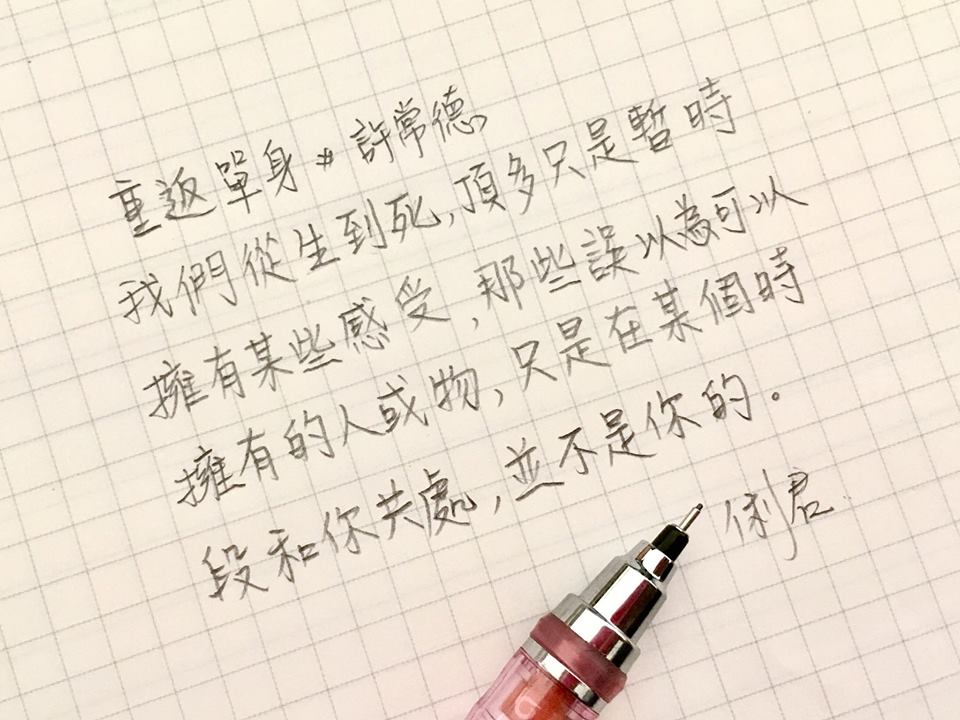- Short: I drew this concept map, just for testing the real limit and potential of
concept map. I want to see if concept map can [expressing]-[convey] very complex, highly abstract [concepts]-[knowledge system].
Example of real concept map
I pick this [image]-[story] (not mine, but from other people), just because is is highly abstract, to serve as a good testing real data. I don't specially in love with poems or literature, though I don't dislike them at the same time.

So, if I can break a complex story down to many small pieces of concepts (nodes), and connections, and explicitly denote some context scope number (only at place really need this), I believe, any story can be describe with the form of concept map, and reader will do comprehension themselves. But for honest, text is still more condense to [express]-[convey] same amount of data.
For more example of concept map, you can see 190310 Brave New World study note # 190310m200408.
About concept map
- What is concept map: A [map]-[graphs] using
nodesandconnectionsto express a story, idea, complex context, knowledge ... anything you can think about. A simple example -Apple --is--> Red --is--> Color. See here for detail information about concept map. - Node (bule circle): A concept. Text inside each
nodeis just asymbolto represent the real concept. Beside text (as symbol), another common symbol type is picture. But since text is way easier to made than picture, we don't use picture in concept map. - Connection (arrowed line, or non-arrowed line):
- About: A connection connect 2 concept together.
- Connection with arrow: Arrow means the direction of description for example
Apple --is--> Red, it make sense to say "apple is red", but not "red is apple", because the direction matters when 2nodes(concept) are connecting together, in this case. - Connection without description: Not all connection need description. For example
Monkey --can--> Climb --=--> High, the connection between concept (node) "climb" and "high", don't need description (but need arrow to explain direction), in this case, the character=is used, it means "there is no need to have description on this connection" (nothing to do with "they are equal"). - "context" scope:
- About: The number shown on connection denote the different scope of context. Usually, the scope of
contextdepends on the whole story, it could big to across multiplenodes, or could small to just happens only between 2 adjacentnodes, anyway, I don't specify the scope explicit on every connection (for simplicity reason). When reader is reading, they will find the right context to fit the story themselves. // However, in some case, there are differentcontextfighting with each other, or overlapping, in these cases, I have to make it clear, I will use number to [marking]-[grouping] differtcontext, so it won't be confused by user, since one node might belong to two context at the same time. - Example "6: description": 2
nodesis under context#6. - Example "7: description": 2
nodesis under context#7. - Example "(6)7: description": 2
nodesis under context#7. And it is related to the whole context#6, not the previousnode(where the arrow starts). - Example "(6): description": 2
nodesdon't have explicit context. And it is related to the whole context#6, not the previousnode(where the arrow starts).
- About: The number shown on connection denote the different scope of context. Usually, the scope of
Cmm: u190316m162051 c88lost c88fs concept map mapww conceptMap svg svgww fileType88svg
Current: ti88crr88y19 ti88crr88y19dw6 ti88crr88y19m03 ti88crr88y19m03d16 ti88crr88y19m03dw6 ti88crr88y19q1 ti88crr88y19q1dw6 ti88crr88y19w11 ti88crr88y19w11dw6
Time (d): ti88y19 ti88y19dw6 ti88y19m03 ti88y19m03d16 ti88y19m03dw6 ti88y19q1 ti88y19q1dw6 ti88y19w11 ti88y19w11dw6